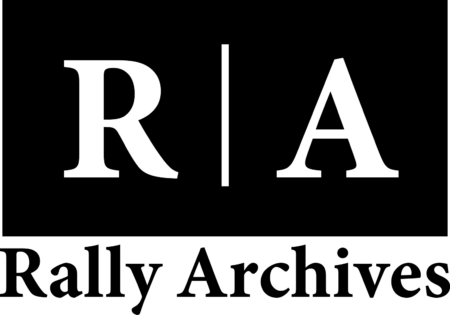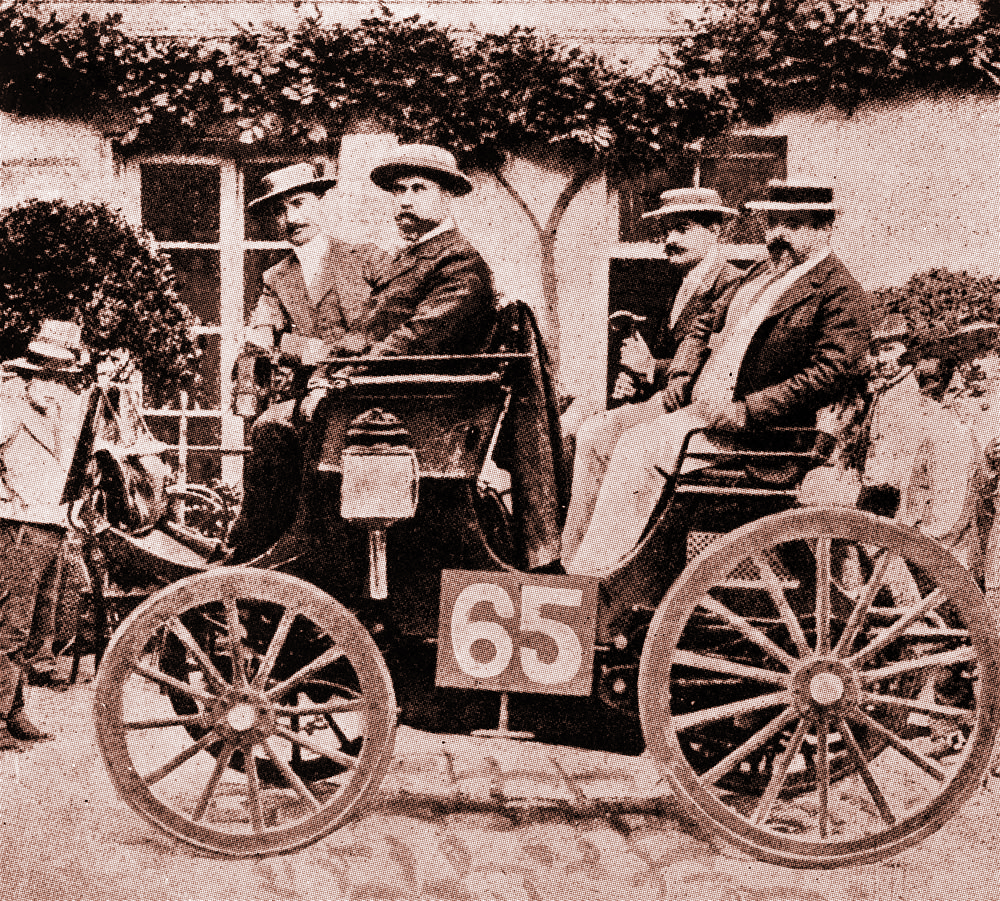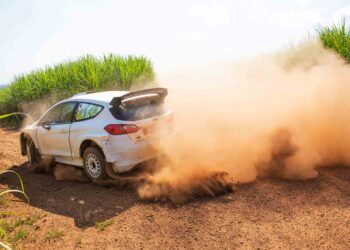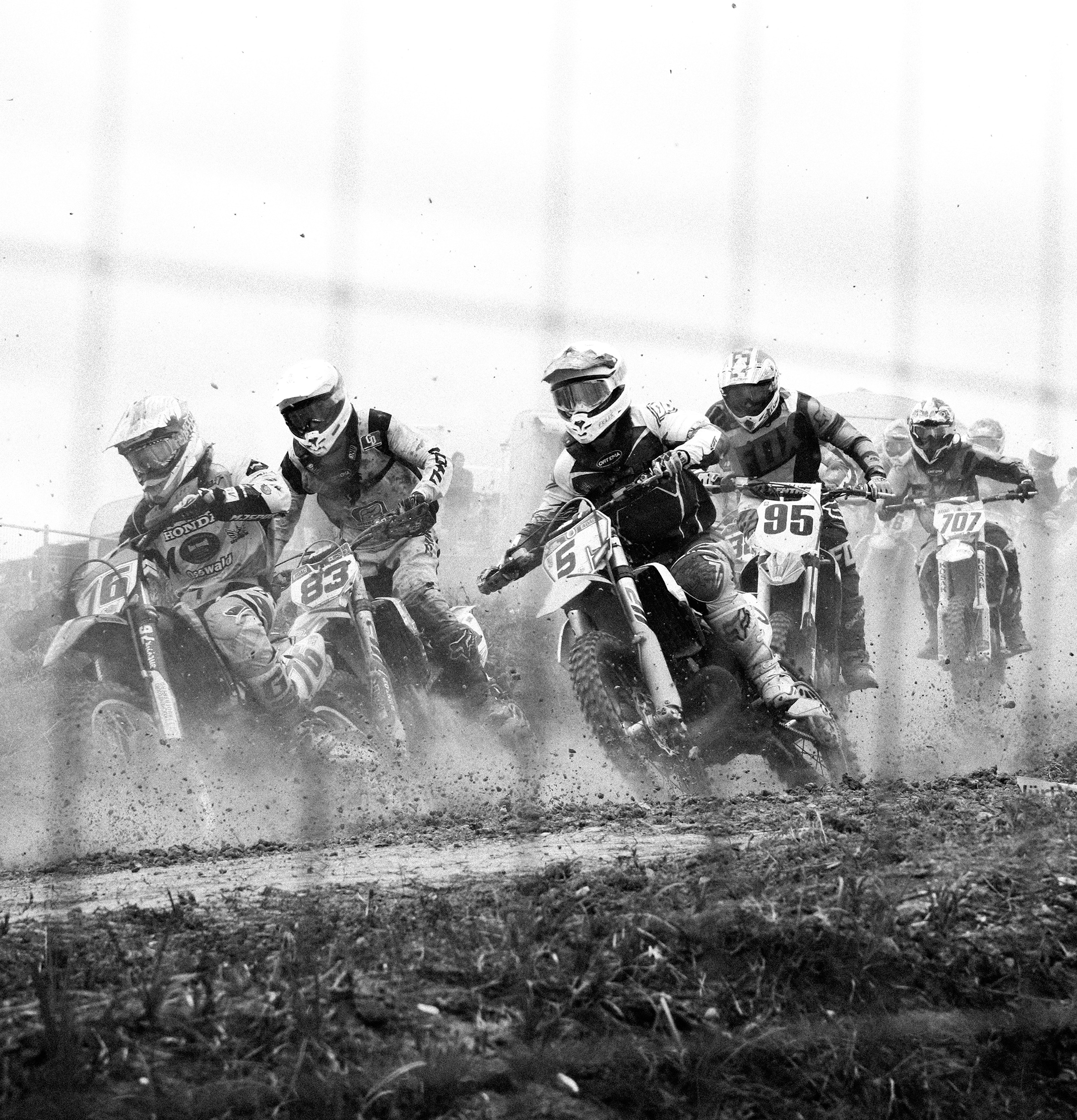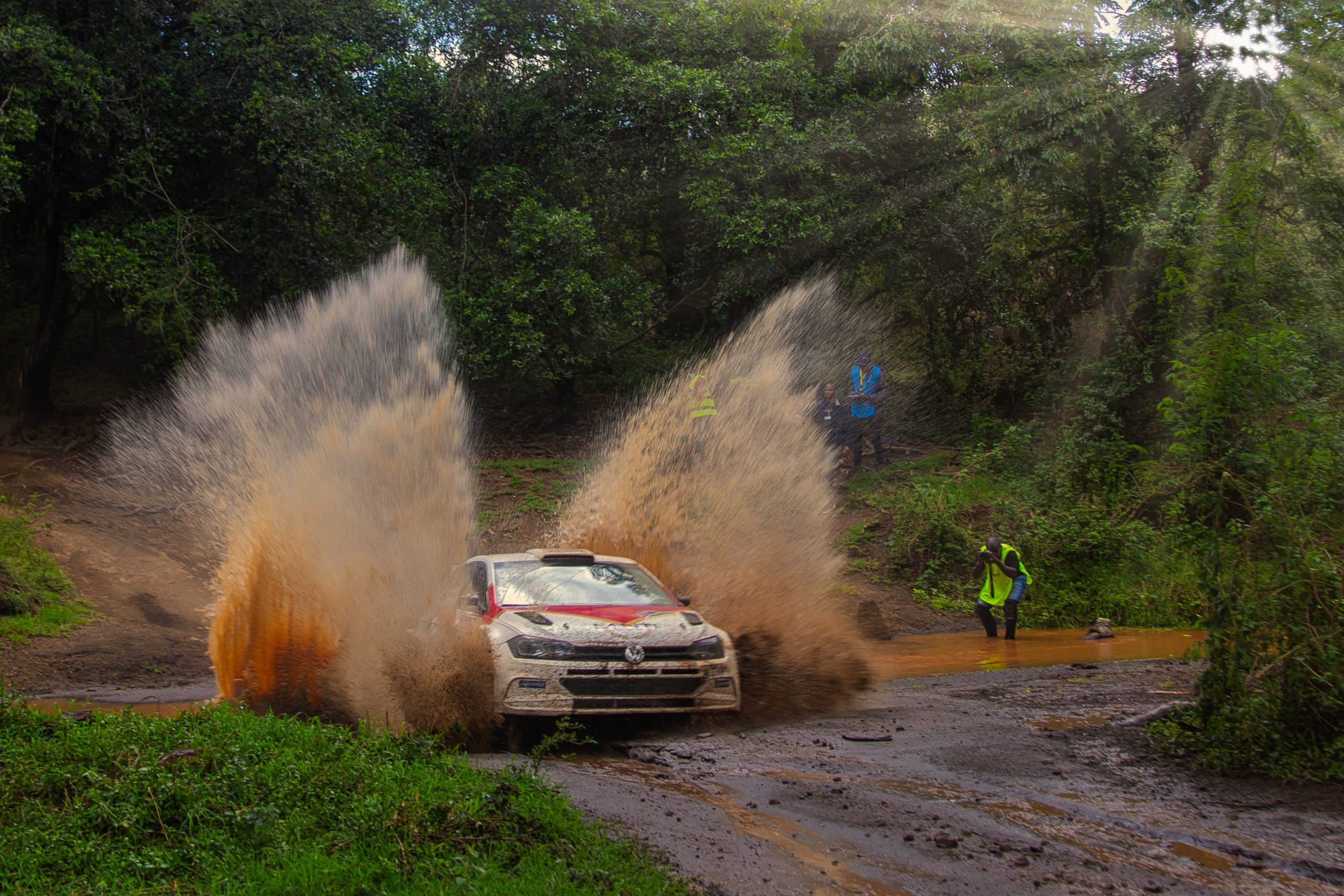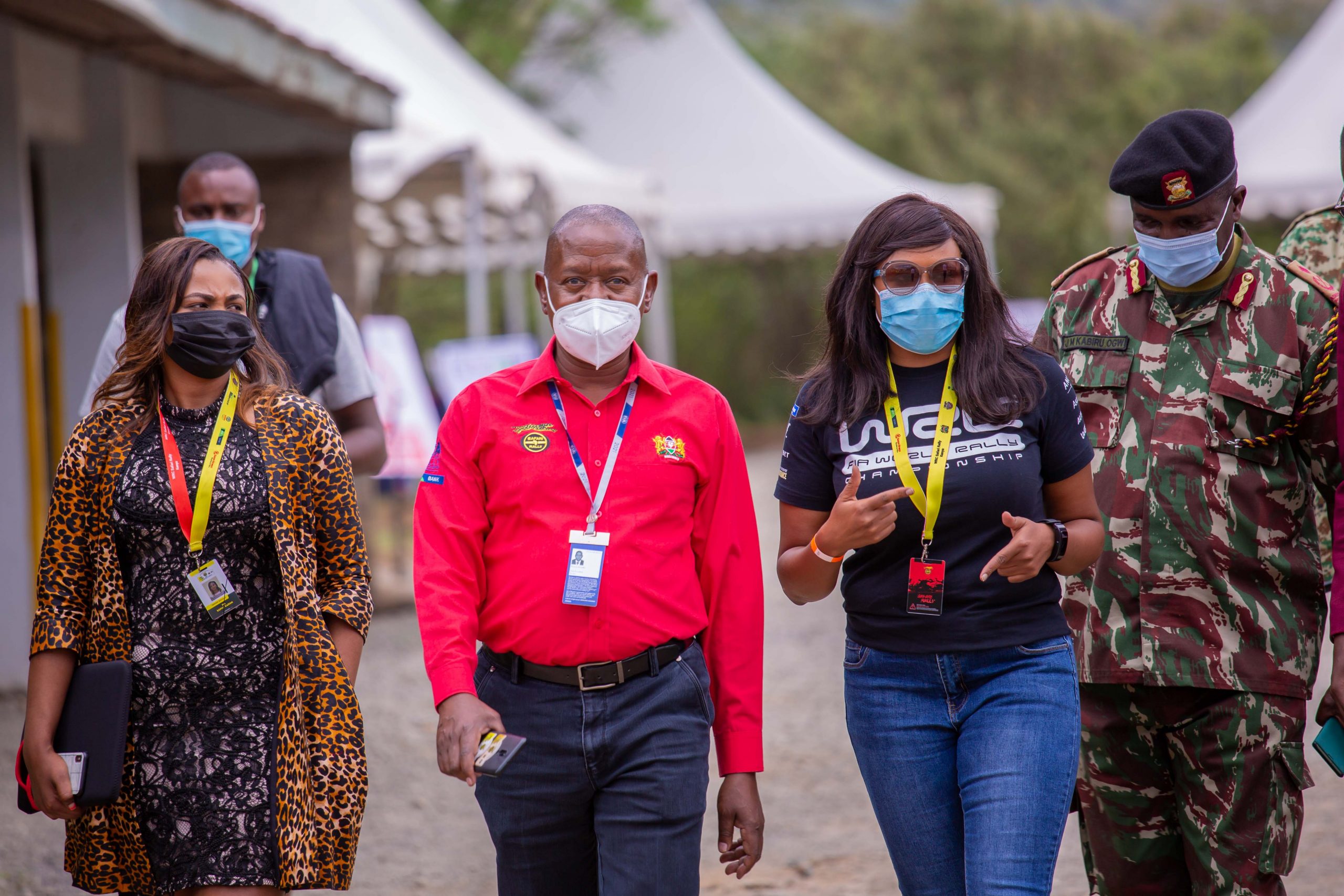Motorsport is one of the most popular sports in the world, which attracts a large crowd of speed and adrenaline fans. However, only a few of them know how this so much admired sport was born.
First car race
Car racing began after the first successful gasoline-powered vehicle invention. The first race was held in 1887 in France on April 28th. The racing track was 2 kilometers long and had only one participant George Bouton in the race, who naturally became the winner.
Seven years later, on the 23rd of July 1894, the French organized a new race, which was considered as the world’s first motorized race. 102 participants registered for the 127 km race from Paris to Rouen. The entry fee of 10 francs was set. However, only 25 participants were selected for the main race.
The winner was Count Jules Felix Philippe Albert de Dion, who overcame the distance in 6 hours and 48 minutes. The average speed of his car was 19 km/h. His closest opponent, George Lemaitre with Peugeot, was 3 minutes and 30 seconds behind Albert de Dion with a self-made vehicle. De Dion steam car did not meet all the requirements of the race, so the official race winner became George Lemaitre.
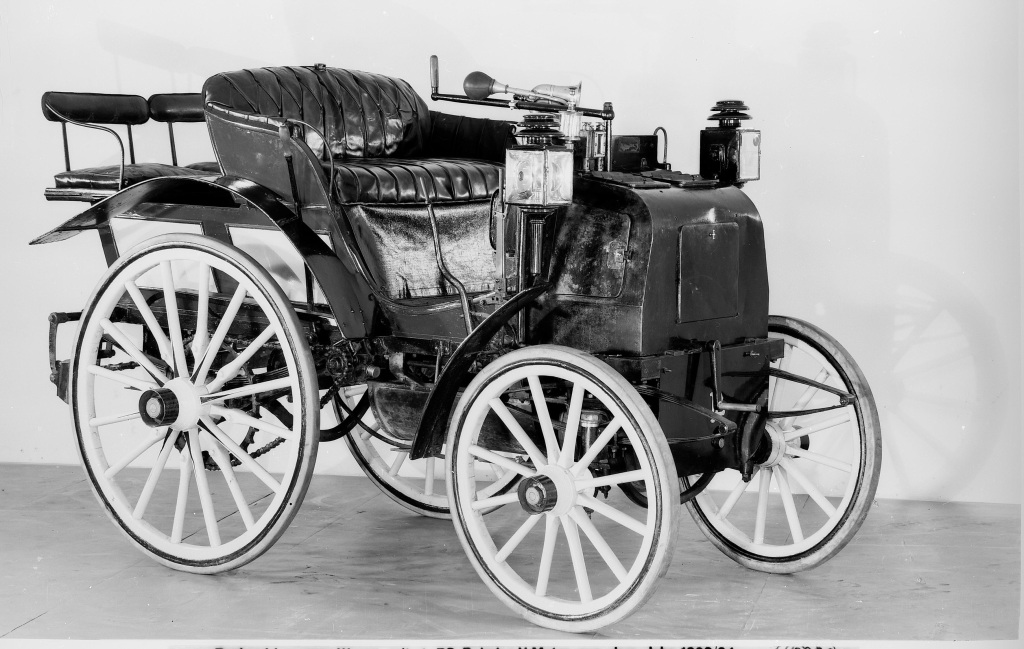
Era of rally
Paris – Rouen race is considered to be the first rally racing. However, the broad usage of rally term is associated with the Monte Carlo rally, which took place in January 1911. After Paris – Rouen race rally format ‘from city to city’ became very popular. Drivers were trying to achieve the best possible personal time and were not competing against each other. Race tracks were very diverse: from city roads to gravel roads, where you could meet pets or other cars.
Rally racing quickly spread across Europe. Motorsport fans could soon enjoy car racing in France, England, Italy, and Germany. However, due to World War I, racing was suspended and was only revitalized in Monte Carlo in 1924. Except for World War II, the Monte Carlo rally was held annually and became one of the rounds of the World Rally Championship.
The 1950s is considered as revitalization and a golden era for rally sport. New rally championships were started to organize across the whole of Europe. First European Rally Championship was held in 1953, but due to a high number of accidents on public roads, rally race was banned in most western European countries. Rally was then moved to Sweden and Finland, where it maintained very popular until these days. Scandinavian racers were able to drive in unpopulated areas and gravel roads. Northern Europe became the home of the modern rally. In 1973, the first World Rally Championship was held, whose format remained similar to these days.
Motorsport in Lithuania
Motorsport in Lithuania is cultivated for more than 80 years. The first sports car race in Lithuania was held in 1926. It was a 1-kilometer long sprint event on Kaunas – Garliava road. However, the official start of motorsport culture in Lithuania is considered to be 5 years later.
In 1931, July 24th first official rally was held in Lithuania. Rally ‘Around Lithuania’, had 14 participants competing by cars and 12 by motorcycles. Drivers had to overcome a 1020 km track. The first rally winner became Pranas Hiksa who drove a Dodge car.
Same year Lithuanians took part in the famous Monte Carlo rally for the first time, where they won 30th place between 149 competitors.
After World War II in Lithuania, as well as throughout the whole of Europe, rally became popular again. In 1960, the first Lithuanian Rally Championship was held. During this period, two Lithuanian automobile sports legends – Stasys Brundza and Kastytis Girdauskas started their impressive careers.
In 1990, when Lithuania regained its’ independence, the Lithuanian automobile sports federation (LAFF) was established. A number of motorsport enthusiasts grew together with the young country. Today rally in Lithuania is one of the most popular sports, which attract thousands of speed lovers.
Sources: media.daimler.com, rallyclassic.lt
